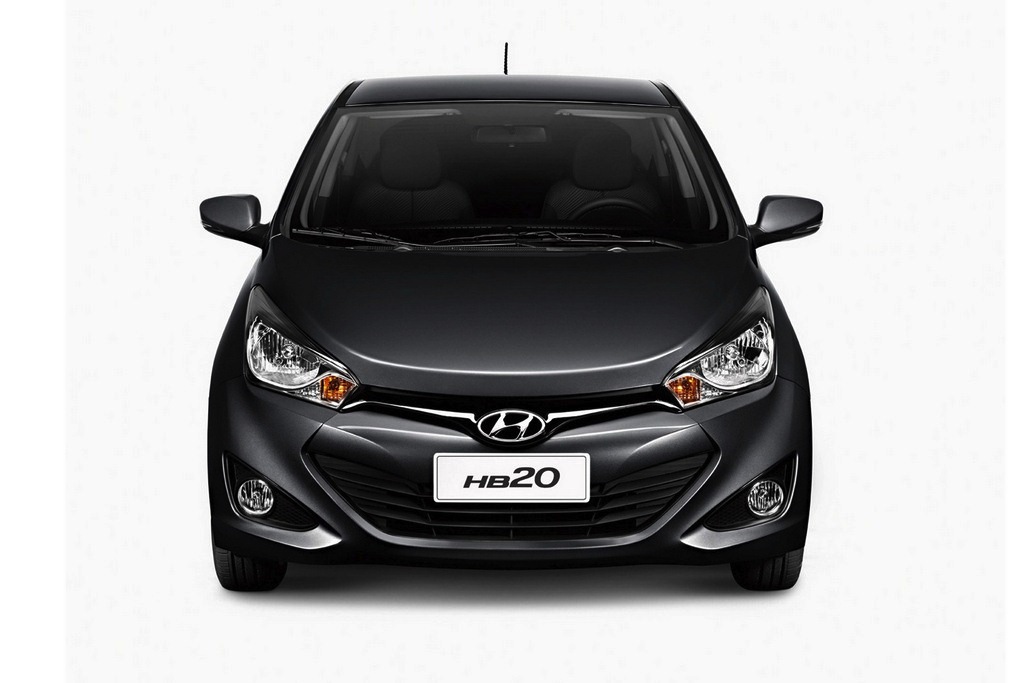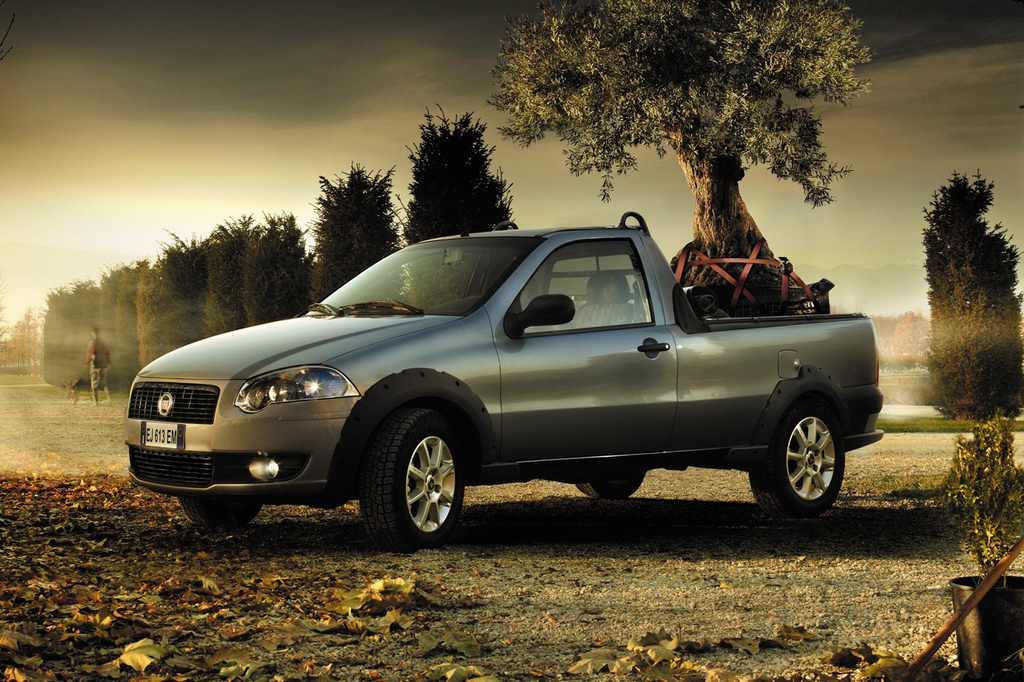While the passenger car market in Brazil saw a strong sales and production increase in the first half of 2013, the automotive suppliers found it difficult to perceive good profit margins. The current economic situation also suggests that the Brazilian passenger car market will stagnate at 3.6-3.7 million for the next 2 years. Meanwhile the commercial vehicles sector is expected to show an attractive 10 percent growth every year, recovering from the big slowdown. On the flip side, small overall growth in the Brazilian market will negatively impact the performance of automotive suppliers in Brazil.
Reason behind such impact is that the price pressure, value chain and labor costs will squeeze the margins for automotive suppliers henceforth. The rise in competition has led to aggressive positioning of the products and hence the cost positioning of the companies is making the profit margins tight for suppliers. Then comes the labor cost in Brazil, which is constantly increasing along with taxes and is expected to continue to increase by 7-8 percent per annum. The raw material cost is also significantly higher in Brazil when compared to other parts of the world. It is 15-20 percent higher than in Europe.
The current exchange rates add to the burden for Brazilian automakers, which means additional cost on imports. The only solution to such burden is increasing the level of localisation. The other aspect is logistics in Brazil, which is extremely high due to restrictions, insurance costs, bureaucracy, etc. The Brazilian automotive suppliers are now buckled up to reduce costs by up to 10 percent in the near future by applying cost efficient measures. To lower the break even point, the companies will be revising portfolios, optimising overhead and making plant adjustments. So it’s not just India where the industrial environment is bad due to political uncertainty.






